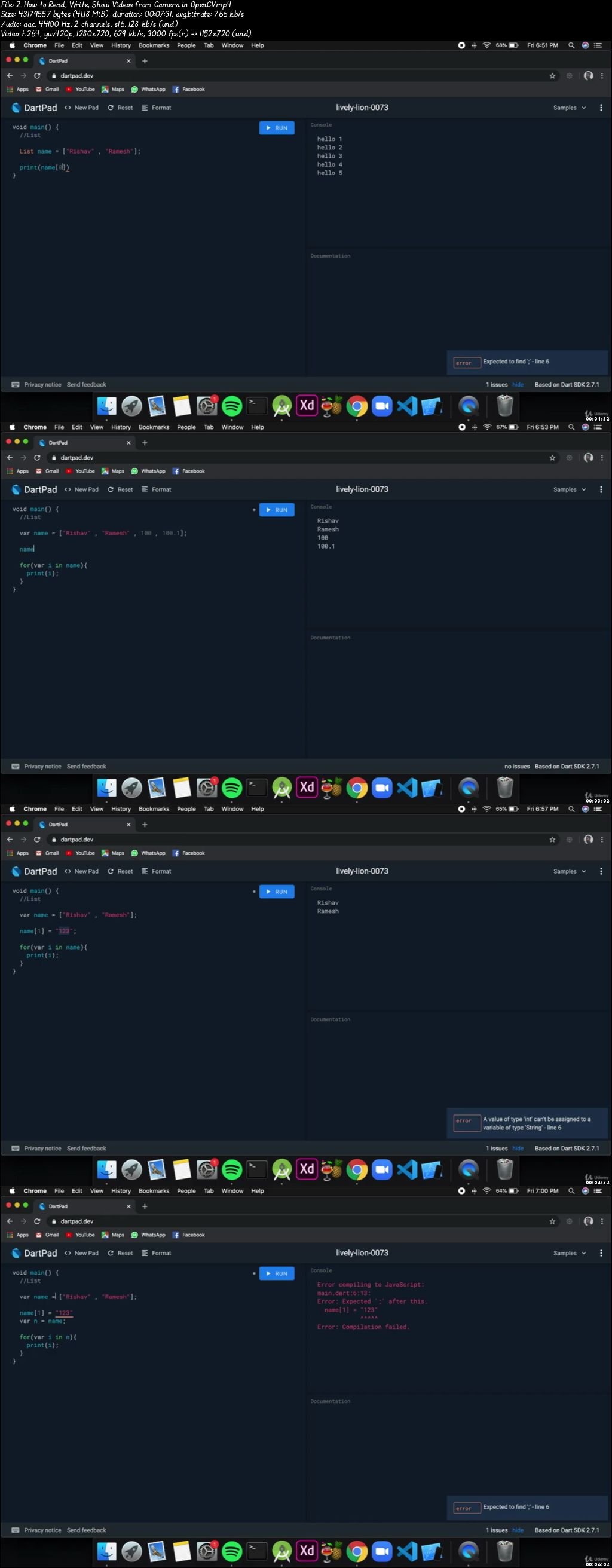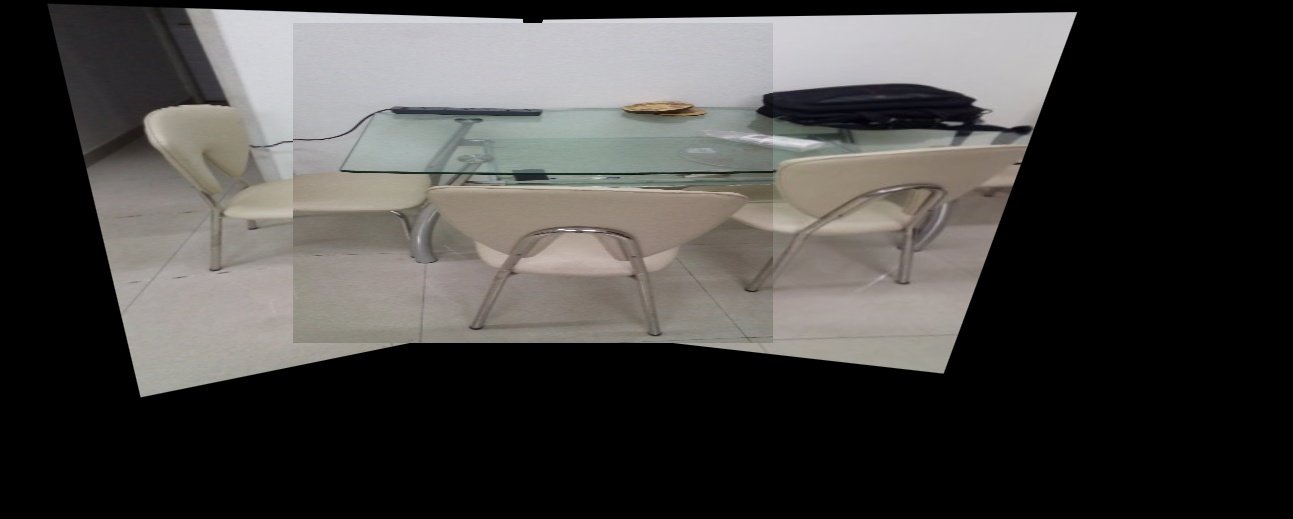
- #Panorama stitcher for four images python open cv software
- #Panorama stitcher for four images python open cv code
Otherwise, we are now ready to apply the perspective transform:ĭef stitch(self, images, ratio=0.75, reprojThresh=4.0, None , then not enough keypoints were matched to create a panorama, so we simply return to the calling function ( Lines 25 and 26). We’ll define this method later in the lesson. MatchKeypoints ( Lines 20 and 21) to match the features in the two images.


This method simply detects keypoints and extracts local invariant descriptors (i.e., SIFT) from the two images.
#Panorama stitcher for four images python open cv code
If images are not supplied in this order, then our code will still run - but our output panorama will only contain one image, not both.ĭetectAndDescribe method on Lines 16 and 17. Images list is important: we expect images to be supplied in left-to-right order. Images list (which again, we presume to contain only two images). ShowMatches , a boolean used to indicate if the keypoint matches should be visualized or not. ReprojThresh which is the maximum pixel “wiggle room” allowed by the RANSAC algorithm, and finally Ratio , used for David Lowe’s ratio test when matching features (more on this ratio test later in the tutorial),

Images , which is the list of (two) images that we are going to stitch together to form the panorama. ACM, 2003.Stitch method requires only a single parameter, In ACM Transactions on Graphics (ToG), volume 22, pages 277–286. Graphcut textures: image and video synthesis using graph cuts. Vivek Kwatra, Arno Schödl, Irfan Essa, Greg Turk, and Aaron Bobick. Look into the releases section for the pre-compiled binary raspivid-inatech. Step5: Encode videoĪssemble all stitched JPEG files into a video again and encode it back to H264. Rebuild stitching_detailed with the matrices selected in the previous step as hardcoded transformation, and stitch all the video frames. Only one set of matrices is selected for the next step. Each matching frames of the stream will have different matrices. In case of success, each frame has two matrices: the camera matrix (aka “K”) which encodes the camera characteristics (e.g., focal, aspect ratio), and the rotation matrix (aka “R”) which encodes the camera rotation.Īs explained in the beginning of this article, stitching will assumes a pure rotation, which is not the case in real life. Depending of the feature algorithm (e.g., SURF, ORB, …) and the details visible in the overlapping area of the frames, matching will succeed or not.

Run OpenCV stitching_detailed on some matching frames to find transformation matrices. Step2: Align framesĬopy video streams, split video in single JPEG files along with capture timing information in text file (i.e., modified raspivid PTS file).įind the matching frames. Power on, let PTP stabilize (might take a few minutes), start recording on each Raspberry Pi. While recording the video, the network is only used for PTP and no other communication is made.
#Panorama stitcher for four images python open cv software
Even though the Raspberry Pi Ethernet lacks the dedicated hardware for high accuracy PTP clocks ( hardware timestamping), it still often achieves a clock synchronization well under 1ms using PTP in software mode. The software PLL changes the camera framerate at runtime to align frame capture time on the Linux system clock.Īll eight system clocks are synchronized over Ethernet using PTP (which stands for Precision Time Protocol).


 0 kommentar(er)
0 kommentar(er)
